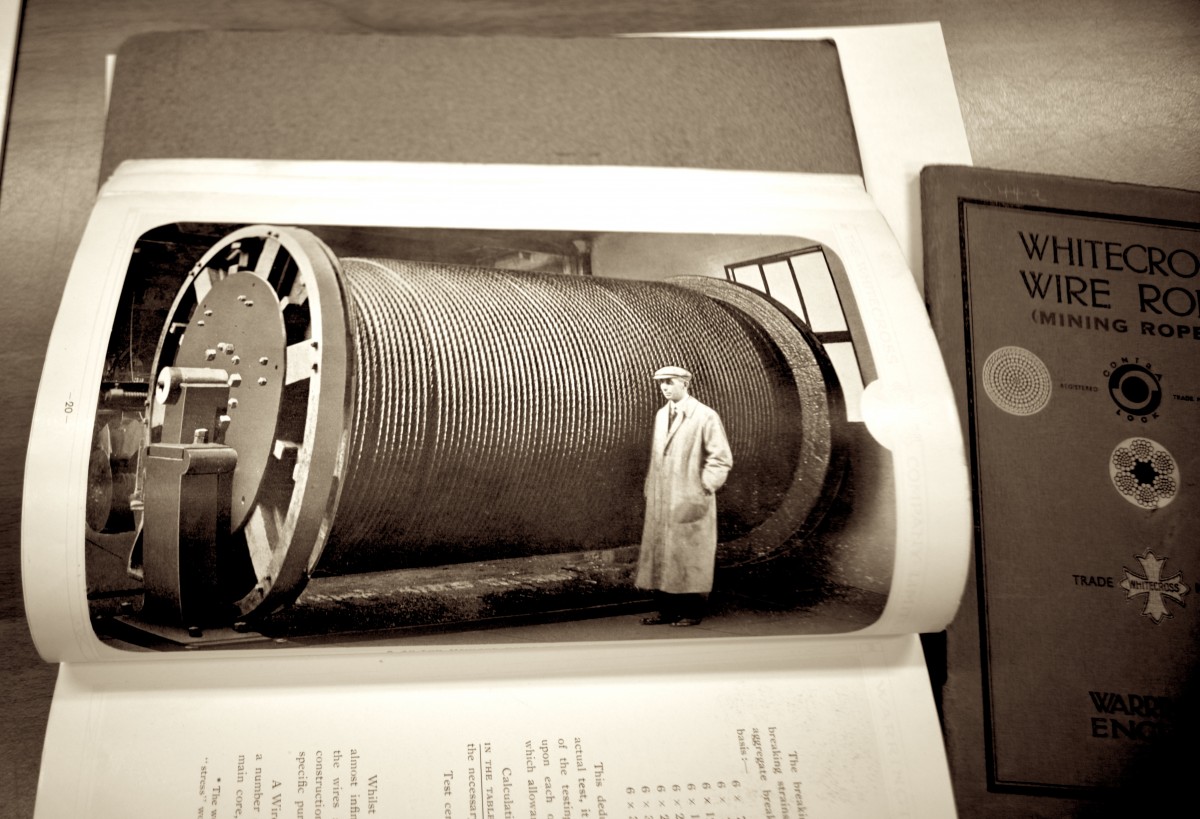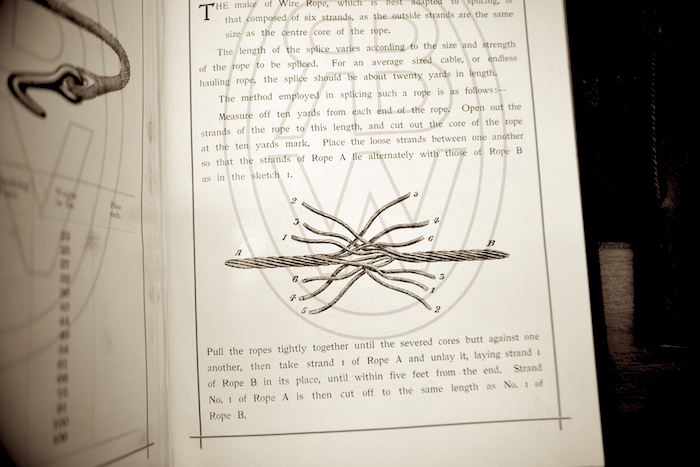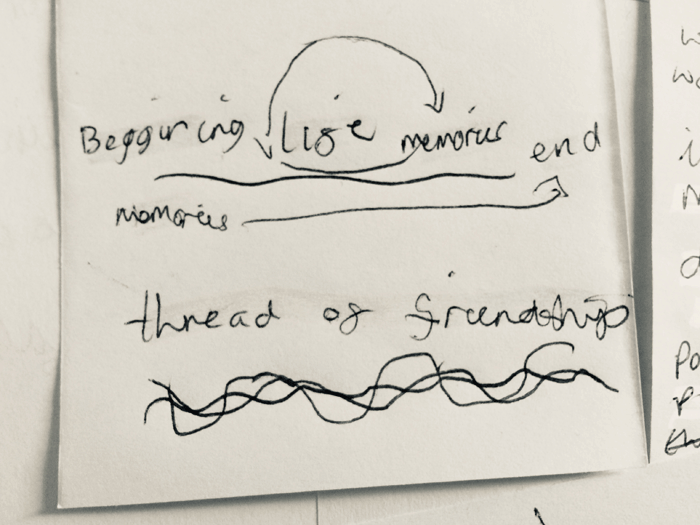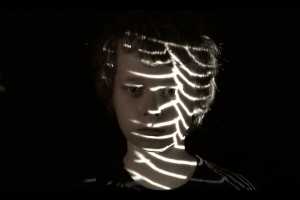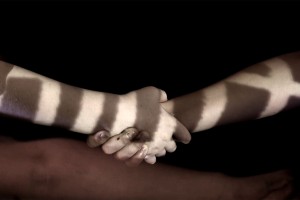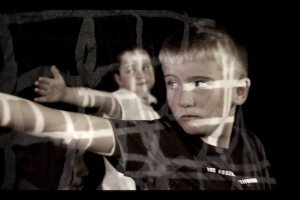Wireworks is a National Lottery Heritage Fund project that celebrates the Wire Industry of Warrington. Artist Laurence Payot is creating a series of activities and workshops which will contribute to a final art piece, presented during Heritage week (11 -20 September 2020). The activity below was designed in collaboration with Kate Cottrell.
STRANDS OF CONNECTION
Aim of the activity:
To create a poem about the people you feel connected to during this time of isolation. These people may be different to usual – or you may be connected to them in different ways.
How does this activity link to Warrington Wire?:
Wire has always been important – for a start without wire we’d have no communication, no telephones, no TVs, no internet. And Warrington wire had a very special pattern of connections which you can see in the photos. The strands of the wire all joined together to create something that was really strong – just like when people come together, whether that is in person or, as we’re doing right now, from our own homes. We’re stronger when we work together – just like the strands of the wire.
As you can see in the photo below, the wire had 12 strands, which looped and connected to become one piece of Warrington Wire.
Details about the activity:
So, you’re going to create a poem with 12 lines.
The first line should be about you – tell us something about yourself or how you feel.
Then each line after that can be about someone different in your life. You might want to write about 11 of your friends if you are missing them, or you could write about 11 family members. Or mix it up a bit – who is important to you right now during our isolation? Narrowing it down to 11 people might be hard, so have a really good think before you start writing and do some planning. What order will you put the people in?
The poem does not have to rhyme – but it can if you want it to. And it doesn’t need to follow any particular rhythm – though we’d suggest keeping all of the lines a similar length to help with the flow.
Getting started:
Here’s a suggested way of doing this, to make life easier (sometimes a blank page can be tough!)
– Get 12 pieces of paper and lay them out on your table / floor / kitchen worktop – wherever you are working.
– Write your own name on the first piece of paper.
– On the other 11 pieces, write the name of a person you feel connected to right now on each one.
– Once you’ve completed all 12, go back to each piece of paper and write a reason underneath, thinking about the reason why you feel connected to this person at the moment.
– Then, once you’ve done all 11 (and take your time, there’s no rush!) start thinking about the order you’d like each line to go in. Lay then out in that order and feel free to swap and change them.
– Try out different structures and read them out loud to see how they sound. When you are writing poetry, some things will naturally go well together and others might need to be separated. You might want to keep words that sound similar apart or, perhaps, if you’ve got three or four friends mentioned you might bunch them together?
– When you’re happy with your order, try reading it out to someone in your household and see what they think of it!
There are almost no rules with poetry – you can write whatever makes you feel good and whatever you enjoy!
Thanks for sending your contributions! heritageprojects@warrington.gov.uk
Images Courtesy of Warrington Museum & Art Gallery (Culture Warrington)

